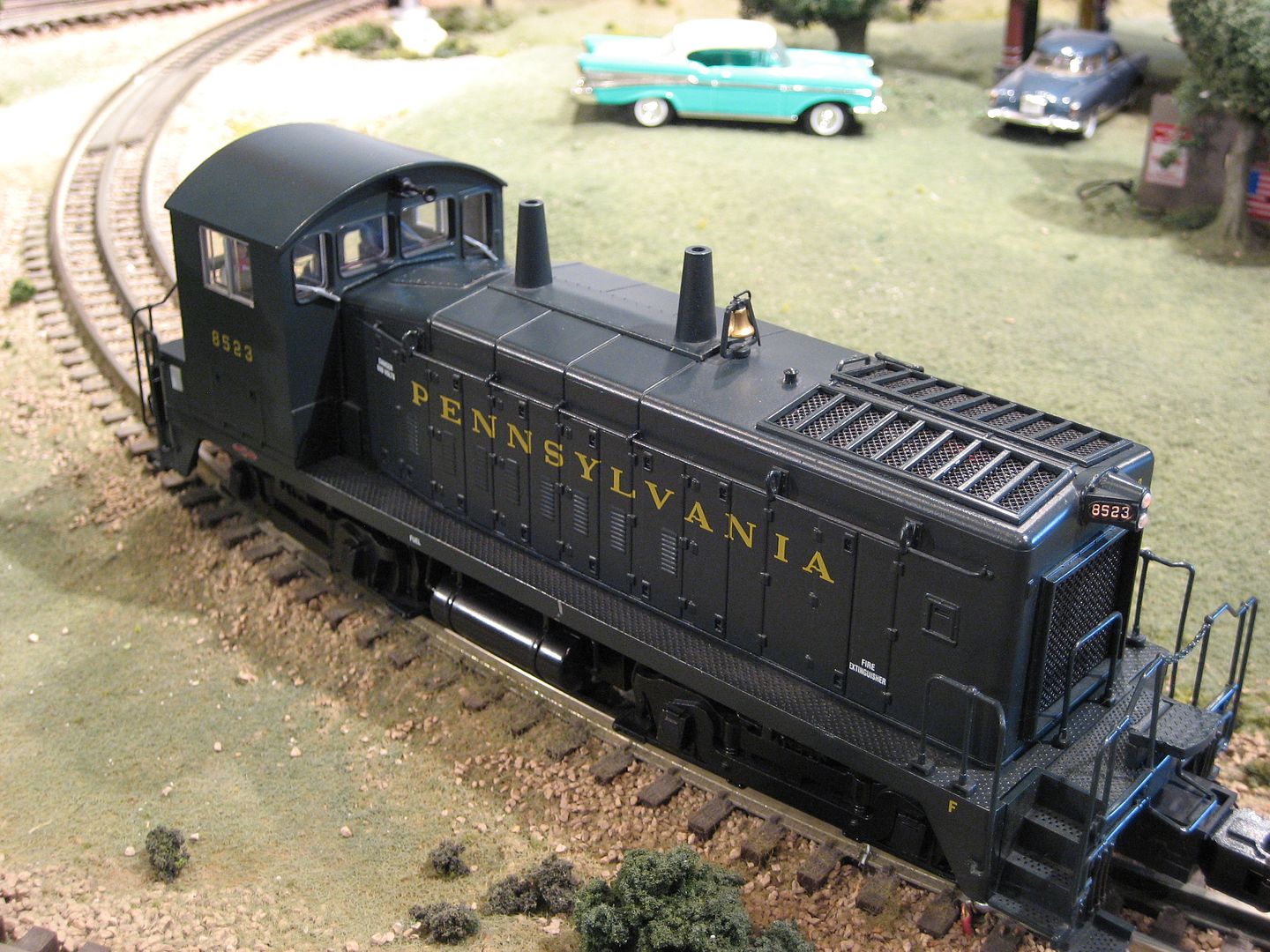Bill Serratelli did a pretty good search for me at Atlas recently, to no avail. So I’m still searching for a manual.
This particular SW9 was made circa 1998-99, before Atlas switched to TMCC. It has Dallee electronics inside its diecast body, and I have to admit I’m not too well versed on Dallee’s design. (With Bill’s help, I now know what the two micro switches each do in terms of directional control, but I’m sure there are other things that might catch me by surprise.)
So if anyone has a copy of the original manual to make a copy electronically or otherwise, I would greatly appreciate it. My email address is in my profile.














